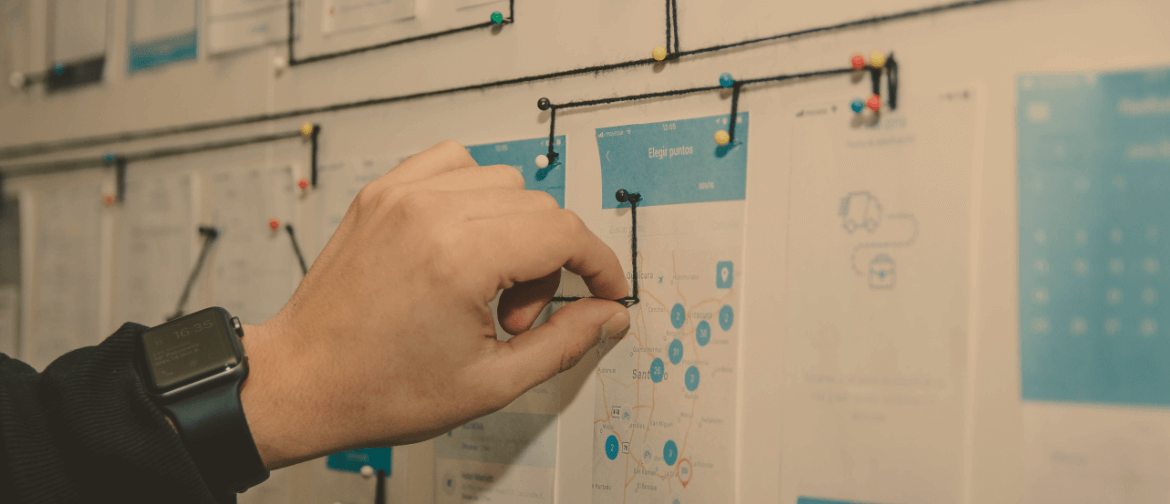What is Business Continuity Plan and Why Should You Care?
Heather Todd • May 24, 2023
As a business owner or manager, you know that unexpected events can happen at any time that can disrupt your business operations. Imagine you're running a business, and a cyclone hits your town, or a hacker attacks your website, or your power goes out for a few days. What would you do? How would your business keep running? These kinds of events can cost you a lot of money, time, and even your reputation. That's where Business Continuity Planning (BCP) comes in, it's all about making sure your business can keep going, even when things don’t go to plan.
Why is BCP important?
Consider all the things your business needs to do to keep running. You need to make sales, provide services to customers, pay your employees, and keep your technology and equipment working. If any of these things are interrupted, it will cause you issues. But having a BCP in place can help you minimise the impact on your business and avoid major problems. For example, if your website goes down due to a cyber-attack, you could lose sales and customers. But if you have a BCP that includes a backup website, you can keep your business going and minimise the impact of the attack. A BCP can also help you comply with regulations and contractual obligations, as well as protect your employees and customers.
What does BCP involve?
BCP involves a range of activities that help you prepare for and respond to a crisis. To make one you need to think about what could go wrong and how you would deal with it. Here are some of the key elements:
- Risk assessment: You need to identify the risks that could impact your business, such as natural disasters, cyber-attacks, supply chain disruptions, or employee absences. It’s important to prioritise these, not all risks needs a plan. You can start with the most likely disruptions then expand on it from there.
- Business impact analysis: You need to identify the critical functions and systems that your business needs to operate and assess the impact of a disruption on those functions and systems.
- Plan development and implementation: You need to develop strategies to recover critical functions and systems in the event of a disruption, such as backup and recovery procedures, relocation strategies, and communication plan. Who would be in charge? Where would you go? How would you communicate with your employees and customers?
- Prepare your resources: Make sure you have everything you need to keep your business running, like backup technology, emergency supplies, and alternate locations.
- Train your team: Make sure everyone in your business knows what to do during a crisis. Train them on how to use your backup technology, where to go, and who to contact. Ensure they understand their role and repsonsibilitites
- Test your plan: You need to make sure your plan actually works. Run drills and simulations to see if your team can handle a crisis. It allows you to be sure it’s effective and relevant.
- Review your plan: Like with everything, things change and people move. Its important to review your plan regularly to make sure it stays relevant and front of mind, you don’t want people becoming complacent.
Overall, BCP is all about ensuring that your business can continue to operate in the event of a disruption. By identifying potential risks, assessing their impact, and developing plans and procedures to ensure continuity of operations, you can minimise the impact of any disruption on your business and ensure that your business can continue to provide services to customers, maintain critical infrastructure, and meet regulatory requirements, even during a crisis. So, don't wait until something goes wrong to start thinking about BCP, ensure you have it in place before you need it
FAQs
Recent Posts




